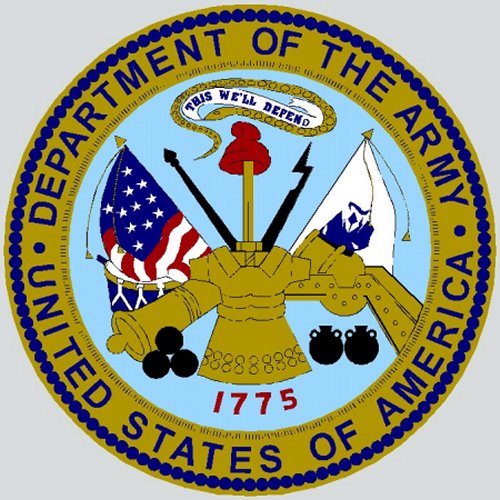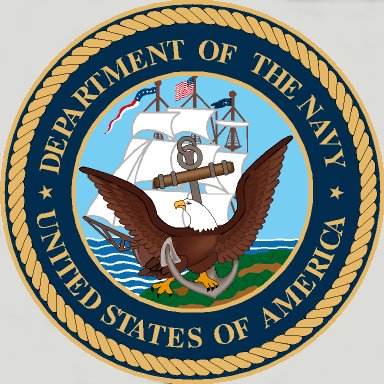NavSource Online:
Identification Numbered Vessel Photo Archive
Kroonland (ID 1541)
George - Boy - Jig - Rush
![]()
![]()
![]()
![]()
King - Rush - Sail - Cast


Kroonland served both the U. S. Army and Navy
![]()
![]()
![]()
![]()


Kroonland served both the U. S. Army and Navy
Specifications:
| Commanding Officers | ||
| 01 | CDR Manley Hale Simons, USN - USNA Class of 1901 Awarded the Navy Cross (1920) - Retired as Rear Admiral | 22 April 1918 - 27 August 1918 |
| 02 | CDR Ralph Mancil Griswold, USN - USNA Class of 1902 Awarded the Navy Cross (1920) | 27 August 1918 - 1919 |
| 03 | LCDR Charles Newman, USNRF | 1 October 1919 |
|
|
Shortly before the United States entered World War I, the Navy placed guns on the ship, and an armed naval guard embarked 25 March 1917 to protect her from German submarines. On the morning of 20 May 1917, while the liner steamed through a heavy fog toward Liverpool, a torpedo struck her without exploding. Two minutes later her lookouts spotted a submarine bearing down on Kroonland so close aboard that the liner's guns could not be depressed enough to open fire on the raider. Although the U-boat, apparently also taken by surprise, reversed her screws and tried to turn to avoid a collision, she lightly struck the liner's hull and scrapped along her side before diving out of sight. Meanwhile two more torpedoes came with some 20 feet of hitting Kroonland's stern. That afternoon the liner sighted another submarine surfaced some 1,000 yards off her port quarter. Kroonland immediately began shelling the U-boat, forcing her to dive for safety.
The Army took over the ship, at New York 18 February 1918, loaded her with military equipment, and sent her to St. Nazaire, France. After returning New York 9 April, Kroonland was converted to a troop transport by William J. Kennedy Co. The Navy acquired and commissioned her 22 April, Commander Manley H. Simons in command. As a naval transport, she made five round-trip voyages to France before the Armistice.
On 10 July, as she steamed homeward from her second voyage for the Navy, a lookout spotted a periscope rising from the water about 200 yards away. Kroonland opened fire and the fourth shot from her No. 4 gun "burst with a tremendous cloud of dirty blue smoke" exactly on the periscope. The submarine zig-zagged "erratically back and forth until she was directly in the disturbed water of our wake." The transport continued firing until the submarine disappeared, leaving an oil slick which could be seen for at least 15 minutes.
After the war Kroonland shuttled across the Atlantic returning American veterans. She decommissioned and was returned to her owner 1 October 1919. On 14 April 1920 she resumed commercial runs between the United States and Europe. In 1923 she transferred to Panama Pacific Line to sail between New York and San Francisco. She was scrapped in 1927.
| Back to the Main Photo Index | Back to the Identification Numbered Vessel (ID) Photo Index |
| Comments, Suggestions, E-mail Webmaster |
|
This page created by Joseph M. Radigan and maintained by David Wright |